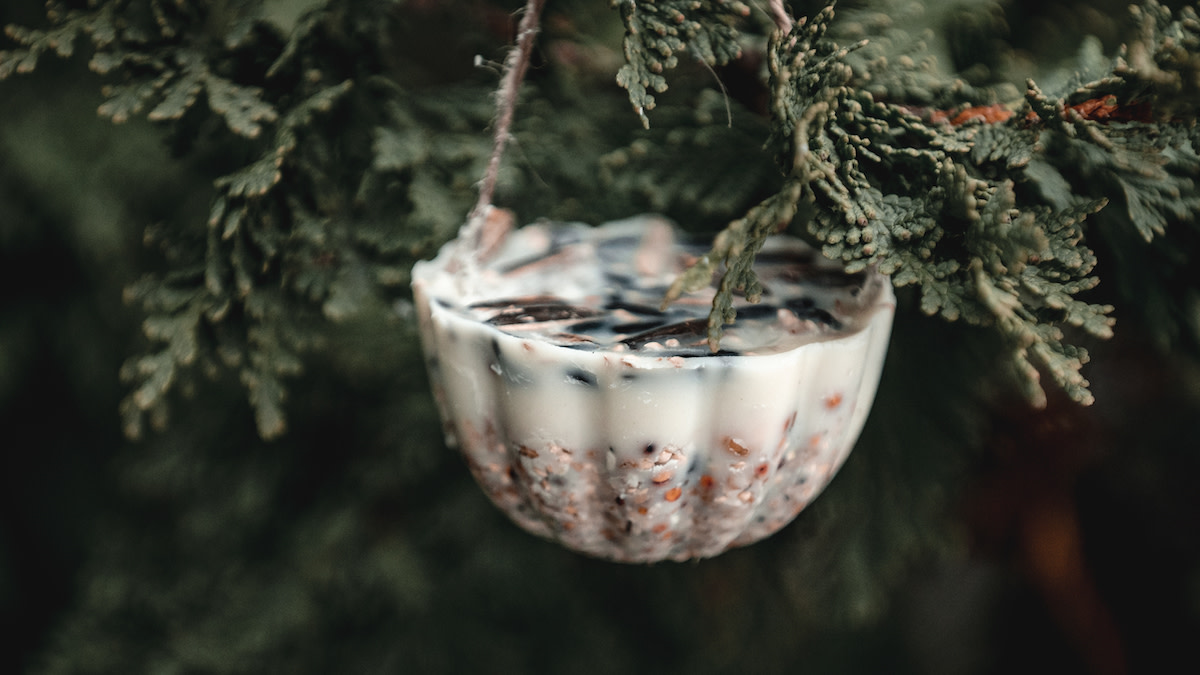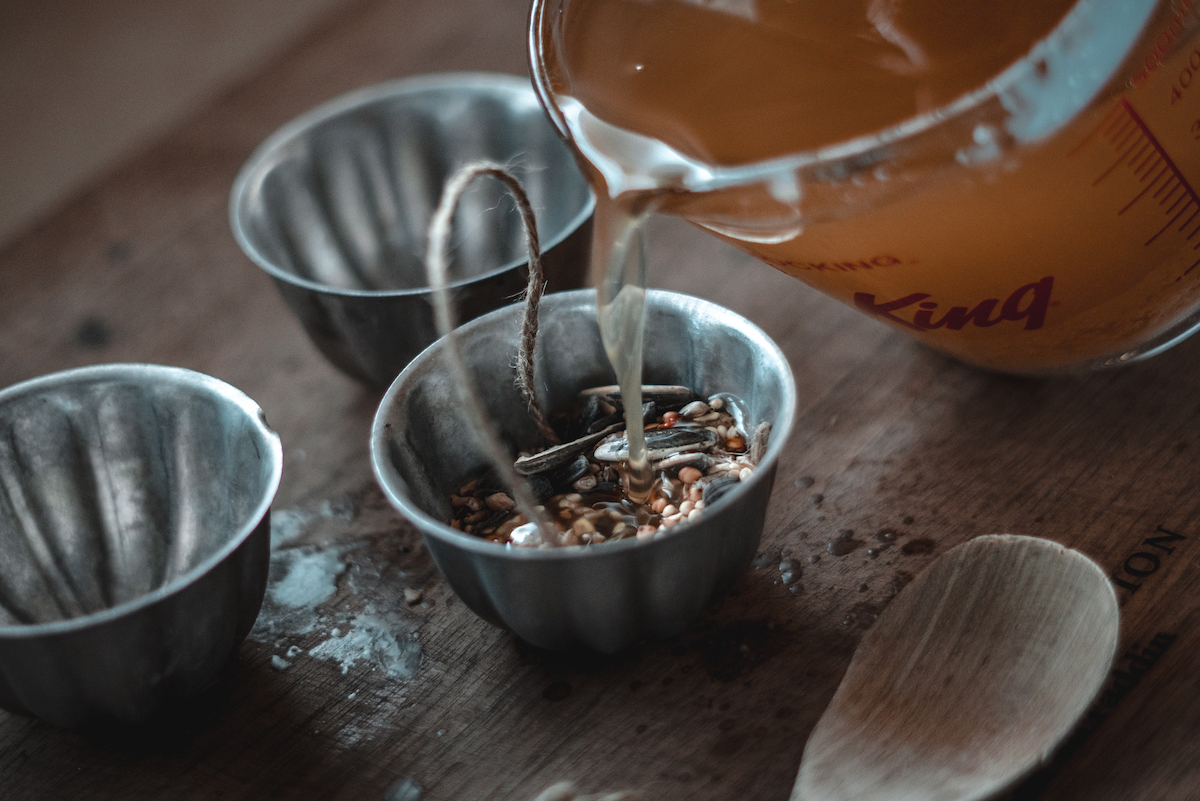
Whitetail fat isn't something that you'd typically keep during the butchering process. It’s often trimmed off, tossed into the waste pile, or “left for the birds.” However, it's worth knowing that the waxy fat melts nicely and hardens up as it cools, making it perfect for a few out-of-the-ordinary applications.
When I was a young fellow, my dad taught me the value of using as much of a harvest as possible, including hanging on to the fat and coming up with creative ways to use it. The list of possibilities was short, but when it came to putting the fat to use in products we didn’t personally feel obligated to consume, we were all for it.
Enter suet. As longtime bird lovers who fed them through the winter months, our family was very familiar with the seed-filled blocks of rendered fat available at wild bird, hardware, and pet stores. They keep the birds hardy, don’t require as much refill attention as a traditional feeder, and offer a unique interaction between wild birds and their food which can be an absolute pleasure to observe.
To make suet, you need a pile of hardened deer fat, a large pot or roaster with a lid, a few cups of birdseed, and a mold. The mold can be anything from a cupcake tray to a parchment-lined bread pan or an old milk carton. Anything that'll hold liquid will do, but more interesting shapes make for a nicer presentation.
Start by cutting the hard fat trimmings roughly into smaller ¾” to 1” cubes. Don’t worry too much about how clean the fat is at this point or even if a few pieces of hair are present; you'll be straining that. Next, place the fat in your pot, lid on, and set it in the oven at 280°F for a few hours. The fat will slowly melt down into a beautiful clear liquid that you'll want to strain as you go, removing the chunks after each session. As things progress, the original pieces of fat will have lost much of their mass and begin to turn brown. Once they’ve reached a toasted chestnut color, they’re done cooking, and you can strain them one last time. If you have dogs, they’ll love the cooled-down fat nuggets for a treat.

You should now have a nice jar full of a rich, clear liquid. I like to mix the fat while it’s still warm at a ratio of about 60 to 40% seed to liquid fat. Start by placing the seeds in your mold and pouring the fat over the top, stirring to combine and ensuring the fat coats all of the seeds well. If you plan on hanging the suet, this is when you can cut a small piece of string to place in the mold as the fat solidifies. Next, place molds in the fridge, freezer, or outside if the temperature is anywhere close to freezing. The fat will start to set before your eyes. Once it's solid, run the outside of the mold under hot water for a second to release the suet puck.
We like to place the bird treats in trees within sight of all the window in our house. They’re as much for the birds as they are for us. With a long and cold winter ahead, these snacks are a way to help the tiny wildlife through chilly days. It's a rewarding and simple form of entertainment that's just good for the soul.






Conversation